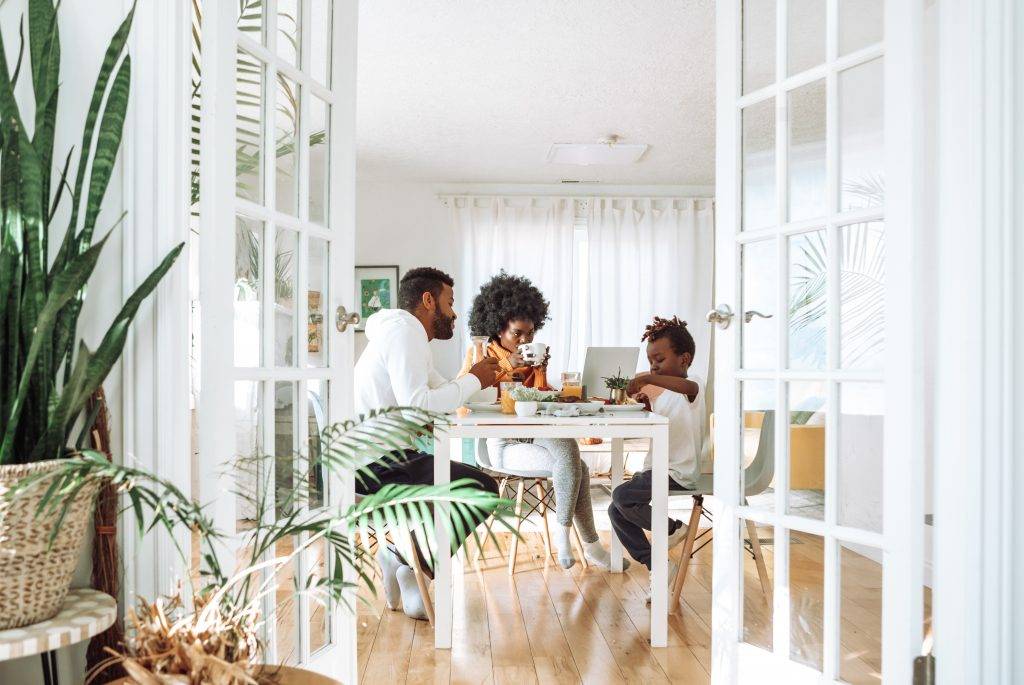Our Construction Quality Assurance Standards
At 32 Degrees Building, we are committed to delivering exceptional quality and impeccable finishes for your construction projects. Our 32 Degrees Building Quality Assurance Program is designed to ensure that your build meets the highest standards of quality and completeness so that we can provide you with the confidence that your build has been built to code.
What is the 32 Degrees Building Quality Assurance Program?
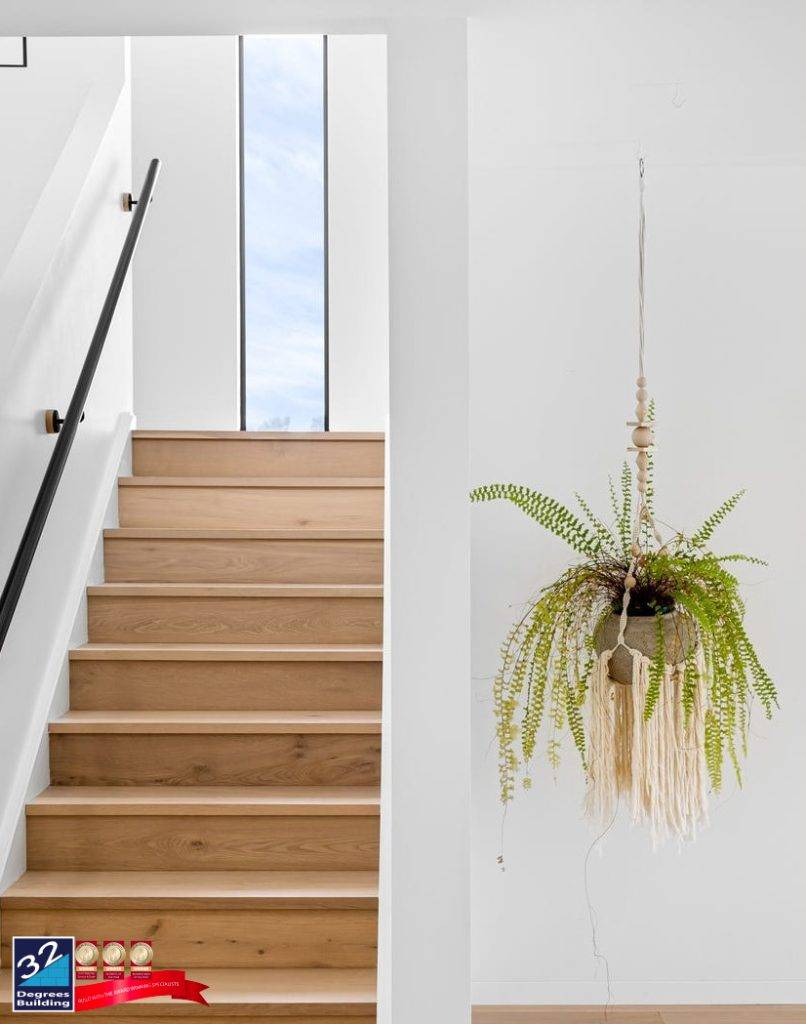
The 32 Degrees Building Quality Assurance Program is an integral part of our commitment to building excellence. This program includes a detailed progress inspection and final inspection conducted by independent building inspectors. These inspections are crucial for maintaining the highest standards throughout the construction process and ensuring that all aspects of the build are up to code and quality benchmarks.
Progress Inspection
Our progress inspection is conducted following the rough in stages of the construction process. These inspections are designed to catch any potential issues early and ensure that the build is proceeding correctly.
Key Areas of Focus:
- Frames: Inspecting the structural integrity of the frames to ensure they meet design specifications.
- Cavity Drainage & Flashings: Checking that drainage systems and flashings are properly installed to prevent moisture issues.
- Rough-In Stage: Assessing the preliminary installation of electrical, plumbing, and HVAC systems before the plasterboard is installed.
Final Inspection
The final inspection is conducted just before the handover and the sign-off of practical completion. This comprehensive inspection ensures that every aspect of your new build is finished to the highest standards.
Key Areas of Focus:
- Internal Areas: Evaluating the quality and finish of all interior spaces, including walls, ceilings, floors, and fixtures.
- External Areas: Assessing the exterior finishes, including cladding, roofing and gutters
Detailed Reporting and Certification
Both the progress and final inspections culminate in a detailed reports that may highlight any defects or areas requiring attention. These reports are crucial for ensuring that any issues are addressed promptly and that the build meets our stringent quality standards.
Certification:
Upon the successful completion of the Progress Inspection and Final Inspection, a Certificate of Quality Assurance is issued. This certificate is your assurance that all quality requirements have been met, and your new build is ready for handover in perfect condition.
Integration with Other Inspections
Our Quality Assurance Program is conducted in addition to the principal certifying authority (PCA) inspections and engineering inspections. This holistic approach ensures that your build is not only compliant with all regulatory requirements but also meets our rigorous quality benchmarks.
Conclusion
At 32 Degrees Building, our Quality Assurance Program is a testament to our dedication to delivering the highest quality builds. By incorporating thorough progress and final inspections, we ensure that every project meets our exacting standards. Trust us to provide you with a home that is not only beautiful but also built to last.
Why You Need to Vacate When Adding a Second Storey to Your House with 32 Degrees Building
Why You Should Move Out for 2 Weeks
Updated November 2025
When you’re planning on adding a second storey to your house with 32 Degrees Building, it’s essential that you vacate the premises for a minimum of two weeks. Here’s why:
Ensuring Your Safety and Comfort
Your safety and comfort are our top priorities. During the initial stages of the build, significant work such as demolition, electrical adjustments, and preparation are undertaken. These tasks can generate considerable noise, dust, and disruption, making your home an uncomfortable place to stay. By vacating for at least two weeks, your family can avoid these inconveniences and ensure a more pleasant living environment.
Protecting Our Team’s Safety
When we add a second storey, we deal with an existing dwelling’s structural and electrical systems. To ensure the safety of our team, we need to disconnect the power to the entire home for a two-week period. This precaution helps minimise any risks associated with live electrical work and structural changes, keeping both our workers and your family safe.
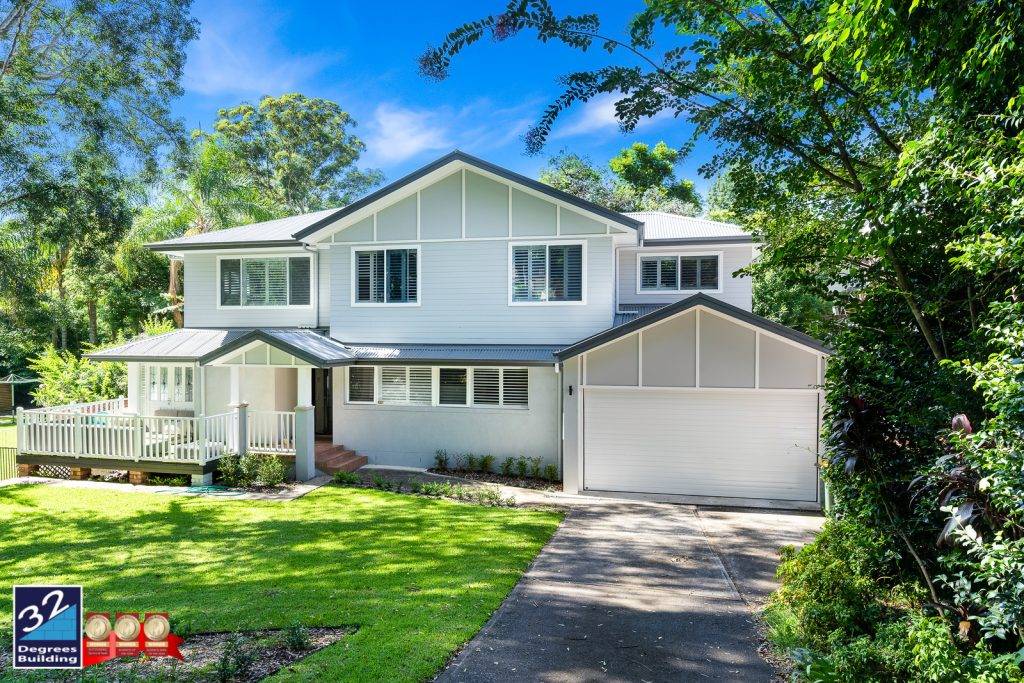
A Seamless and Enjoyable Building Experience
Our goal is to make the process of adding an addition as smooth and enjoyable as possible. With our extensive experience in building second storeys and extensions, we’ve learned what strategies work best. Following our move-out guidelines during build ensures your project stays on track while prioritising your family’s safety and comfort. We carefully structure our builds to provide you with the best possible experience.
See more:
Take A Holiday On Us
Nobody wants to live through construction. Take a holiday while we build.
We invite you to take a holiday on us at the start of your build. Let us take over whilst you relax. Think about how amazing a couple of weeks break will be when we kick off the addition or extension of your dreams.
We want you to take some time off, kick back and enjoy some relaxation and recuperation that we know you truly deserve. Celebrate your new addition or extension with a holiday courtesy of 32 Degrees Building.
Go ahead with any addition or extension valued over $200K, and for a limited time only, we will cover the costs of your holiday, terms apply*
*Terms and Conditions: Cannot be used in conjunction with any other offer. Upon payment of the 10% deposit towards your HIA fixed-price contract, we will provide you with a $3,000.00 Flight Centre Voucher or give you a $3,000.00 holiday cashback into a nominated bank account. A condition of our building contract is that you vacate the premises for a minimum of two weeks while power is cut to the home and the build commences. During this time we invite you to take a much-needed break and take a holiday on us. This promotion is valid for anyone who signs a preliminary agreement with us from 1 April 2022 till 30 June 2022. Building must commence within 6 months of the preliminary agreement being signed.
What we are doing to combat the state of the construction industry landscape
How We’re Tackling Industry Challenges
Alongside a house price boom, Australia is in the midst of a homebuilding boom with the Housing Industry of Australia expecting that a near-record number of new homes will be built over the next 12 months.
But for many in the residential construction sector, it’s a profitless boom – and several major players have recently gone bust, with the assumption that more will follow.
Why are construction companies folding?
A perfect storm of factors has been brewing for the better part of 2021, and now the rainy season has arrived.
Supply chain issues, with a shortage of building materials worldwide resulting from COVID-19 disruptions, coupled with natural disasters from freak storms and flooding to bushfires, have provided significant pressure on builders.
Those shortages have led to prices rising exponentially, particularly for timber and steel.
On top of that, a labour shortage is making it difficult to find tradespeople, giving workers the power to command huge wages.
So, the overall cost of construction has been pushed up significantly.

A number of major builders have gone bust in recent months despite a home construction boom. Picture: Getty Images
Adding to this is the lengthy delays in actually getting the materials, which has led to some homes taking more than 12 months to be built, further adding to building companies’ costs.
With the majority of builders signing fixed-price contracts with buyers, and the margin for escalating costs being inadequate, many are losing money on every single project.
It’s a big problem in exceptional circumstances like we’re seeing at the moment, said Russ Stephens, co-founder of the Association of Professional Builders.
“The average cost of a contract for a builder has gone up between 15% to 20% over the past six or seven months alone – and up to as much as 50% in some areas,” Mr Stephens said.

Australia is in the midst of a residential construction boom, with a near-record number of new homes to be built in the next year. Picture: Getty Images
What we are doing to combat the state of the construction industry landscape
32 Degrees Building has been operating for over 11+ years, and we know and understand how to manage our business in turbulent times.
We have been working with our team and talking directly to our suppliers to manage and understand any upcoming supply challenges and supply chain issues. We have been working with our timber suppliers closely to understand their difficulties in obtaining overseas supply and then managing, monitoring and forecasting for our current and future builds. Skills shortage for us isn’t an issue, we have worked very hard to set our business apart from the rest. Our team are employed with us and this enables us to closely manage and develop their practical skills with us over the course of their apprenticeship and retain them into tradespeople and leadership roles – we now employ over 40 team members and continue to grow. By employing our team members, we manage our labour costs. This strategic approach we have applied to our business has allowed us to manage our costs and your build providing you with the security and confidence that we are here to stay.
Our business is always looking forward and planning for the future. We forecast 6 months, 12 months, and 18 months ahead to ensure we can stay one step ahead of any market issues and trends.
With the above in mind, we have a strong business model and capable management team in place to ensure that the best outcomes for our clients and the business are always achieved.
What you can do to prepare your home for a severe weather event?
Preparing Your Home for Storms
Australia has recently experienced some severe weather conditions including high winds and heavy rainfall. These weather events and other similar events that have occurred in recent years, can at times be so severe that they exceed the Building Code of Australia (BCA) design benchmarks for homes constructed within Australia.
In such extreme weather conditions rainwater can be forced through closed windows and sprayed up rooves in a manner which homes aren’t designed for and therefore water may enter some homes. The resulting water ingress may cause damage to your home, often this damage may only be of a minor nature, but can still cause considerable stress to you as the homeowner.
What can you do to prepare your home for a severe weather event?
As part of your ongoing home maintenance we recommend the following check measures are undertaken to avoid any water ingress to your home;
- Check all gutters and downpipes are clear of debris, leaves etc…
- Regularly check your roof for signs of slipped roof tiles, cracks and possible water ingress entry points – especially if you have recently had a contractor attend your property eg. Foxtel or solar panel installer
- Check your stormwater drains for blockages
- Check your window and door seals aren’t displaying signs of cracks and ageing
- Check for other possible entry points and seal if required
If during a severe weather event you do get water ingress – who do you call?
- If it is an emergency please call the SES for immediate assistance
- In most other cases, do what you can to stop/reduce the incoming water and then contact your home insurer as the first step to understanding what you can do
When these severe weather events happen most owners contact the builder of the home to request an inspection or even rectification of the damaged parts however if this issue hasn’t occurred until now then it is likely it is due to the severe weather event and these items will be claimable under your owner’s home insurance or alternatively are maintenance issues as the homeowner for you to attend to.
Should I Stay or Should I Go? Hot tips to help you survive your renovation
Stay or Move During a Renovation?
Tips for homeowners living through a renovation, extension or addition
How to Decide Whether to Move Out or Live Through a First Floor Addition, Ground Floor Extension or Renovation?
Live Through a Build or Move Out?
Whether you are building a First Floor Addition, Ground Floor Extension or Renovation, the one question that our clients always ask us is can they stay in the home and live through construction, or should they consider temporarily moving out? This is a big decision to make — with a lot of factors to consider other than your budget when entering into significant construction works to your home.
We have outlined below some of the factors to take into account when looking to stay or move, especially for those considering living through a renovation rather than relocating during their build.
Factor # 1 – Scope of works
<![endif]–>
How to save money building a First Floor Addition vs a Ground Floor Extension
Should You Build Up or Out? Cost Tips
We often have clients that approach us looking to add more room to their home.
A common question we are asked is ‘Should I build an extension or an addition?‘
We look at the benefits of building an Addition vs an Extension below.
What’s the difference between an Extension and an Addition?
Extension
In the building industry, the term ‘extension’ refers to extending an existing building; to extend its overall floor size. Basically, it means to add another room or make a room larger whilst remaining at the ground level. To add an extension to your home, you will need to sacrifice some of your backyard or front yard to accommodate the extra room.
Addition
Similar to an extension, an addition can add more living space to your home. However, with an addition (also known as a second storey addition/first floor addition), you do not need to give up any of your yard space as an ‘addition’ goes up and not out like an extension is required to do. In other words, when you have an addition done to your home, you will gain another floor level. Adding height rather than length.
The cost benefits of building an Addition vs an Extension
- You can keep living in your home whilst an addition is being built, this saves you the costs related to finding short term accommodation and relocating your family and your possessions.
- You do not have to worry about soil removal. When building an extension, excavation and site preparation costs can be high. Not only do you have to prepare the site to be built on, you often need to remove any excess soil and other materials to make way for the extension.
- An addition can add significant value to your home. How much value can vary greatly depending on what you plan to add to your home. Regardless, a first floor addition is said to add between 30 to 60% to the value of your home.
- If you add extra bedrooms and bathrooms to your home, you can expect a significant return on your investment. This increase in house value is often in line with the difference in house prices from going from a three-bedroom home to a five-bedroom home.
- Choosing to build a First Floor Addition to your home rather than a Ground Floor Extension will also result in you being able to retain more yard space and this will also further add to the selling power of your property.
Regardless of your decision, our team can assist you with an Addition or Extension to your home. Contact us to discuss how we can add more room to your home.

What type of loans can you use to fund your addition or extension?
Loans to Fund Your Home Addition
Updated November 2025
If you are building an addition or extension on your home, you may find yourself needing to arrange finance to pay for the build. We can help you secure the appropriate finance for your build and guide you through the process of funding house extension projects efficiently and confidently.
Refinance your current mortgage

To pay for your addition or extension you can opt to refinance your existing mortgage. This means that you will use the equity in your home to obtain a loan for a higher amount than what you currently owe to finance your addition or extension project.
The new loan will replace your old loan, and you can choose to stay with your existing finance provider or move to a new finance provider. Refinancing has several advantages for homeowners with substantial equity in their homes.
First, it may allow you to obtain lower interest rates without changing your monthly mortgage payment or adding on a new payment.
Second, some lenders “may approve a loan based on the estimated value of your home once the addition is completed,” which is convenient for projects that require a large amount of money, such as a second story addition or ground floor extension.
Take out a Construction Loan
A construction home loan is a type of home loan designed for people who are building a new home, a first floor addition, ground floor extension or doing large scale renovations. It has a different loan structure to home loans designed for people buying an established or existing home.
A construction loan most commonly has a progressive drawdown. That is, you receive instalments of the loan amount at various stages of construction, rather than receiving it all at once at the start. You generally only pay interest on the amount that is drawn down, as opposed to on the whole loan amount.
A number of lenders offer construction loans that are interest-only during the construction period and then revert to a standard principal and interest loan.
Of course, a construction loan is just one potential source of funding for your house extension project. The Federal Government recently unveiled its HomeBuilder scheme, which will give eligible homebuyers and existing owners grants of $25,000 to help them construct or substantially renovate their home. Strict eligibility criteria apply– for example, you’ll need to meet an income test, and be building a new home that’s worth less than $750,000 or a renovation that will cost at least $150,000. For more information, visit our blog post here.
We can connect you with our finance specialist to discuss how to get started today.
See more:
That’s a wrap for 2019
That’s a Wrap – 2019 Highlights
Our team has officially wrapped up things for 2019! Here is an overview of our year!
Our office is now closed until 14th January 2020.
We wish everyone a safe and Merry Christmas and a Happy New Year!
You can still contact us on our website during the break and we will be in touch when we return. For any enquiries please fill out the form below.

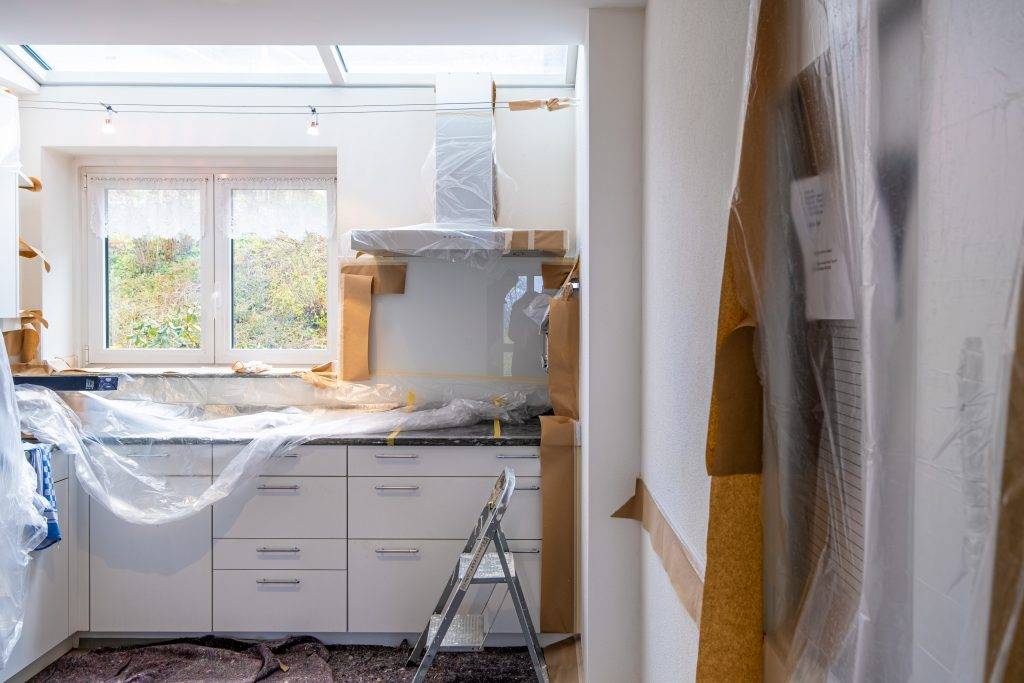
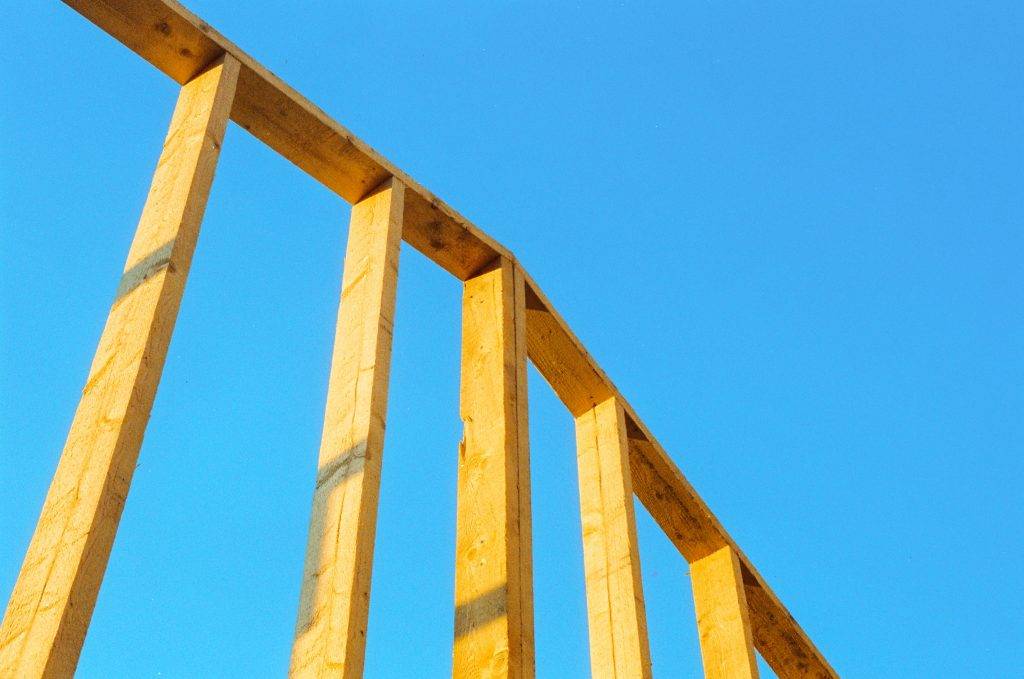
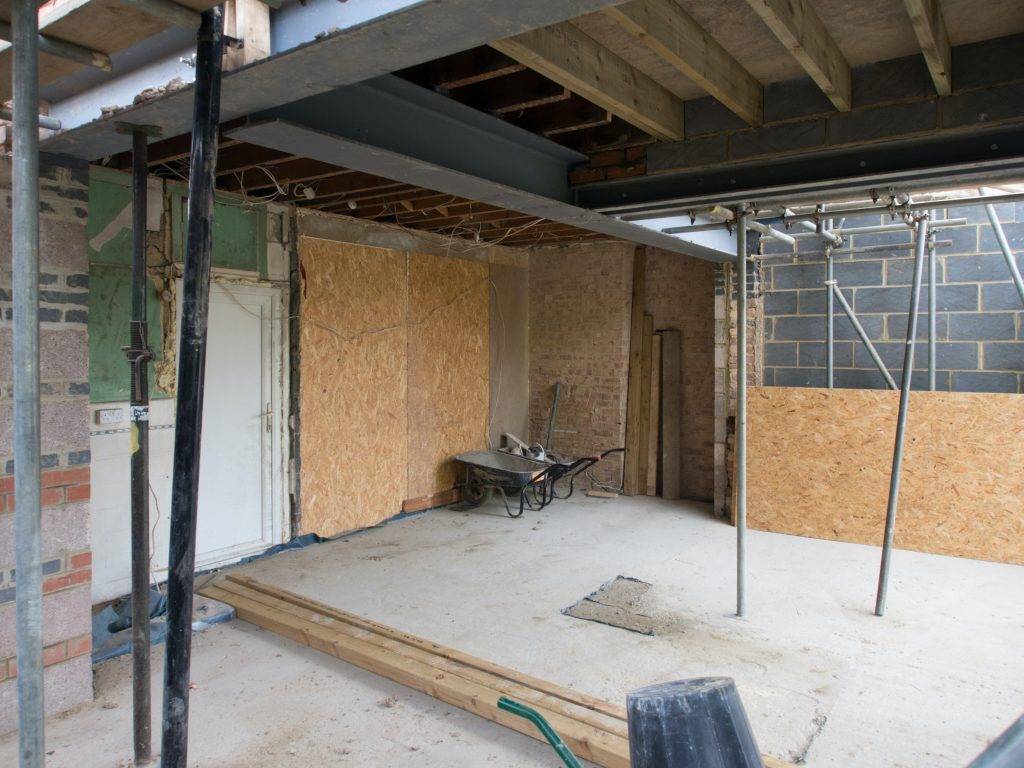 How much work is going to be done to your home? Are you doing a
How much work is going to be done to your home? Are you doing a 
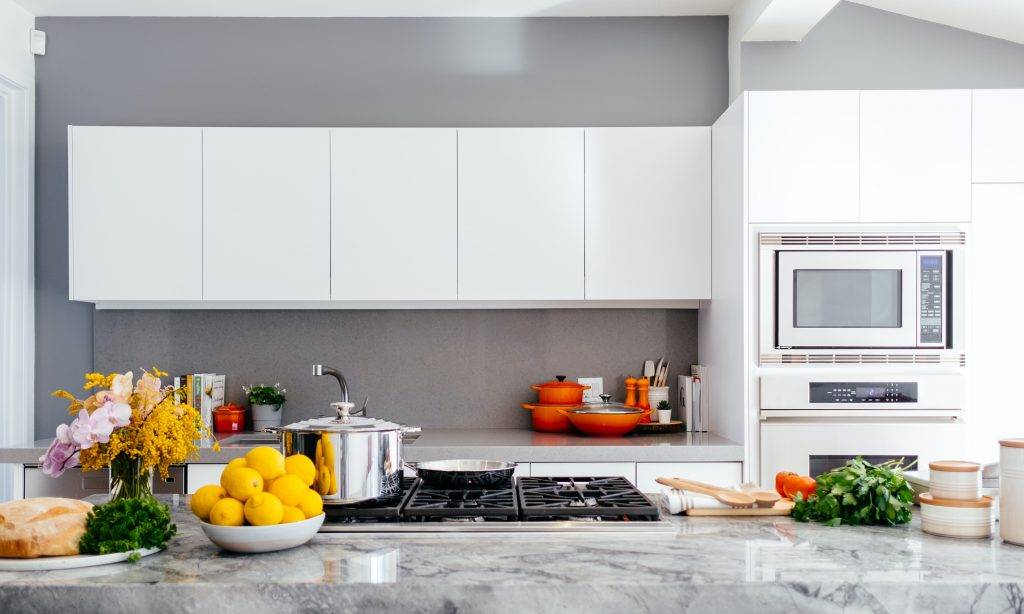 If you choose to live through the
If you choose to live through the 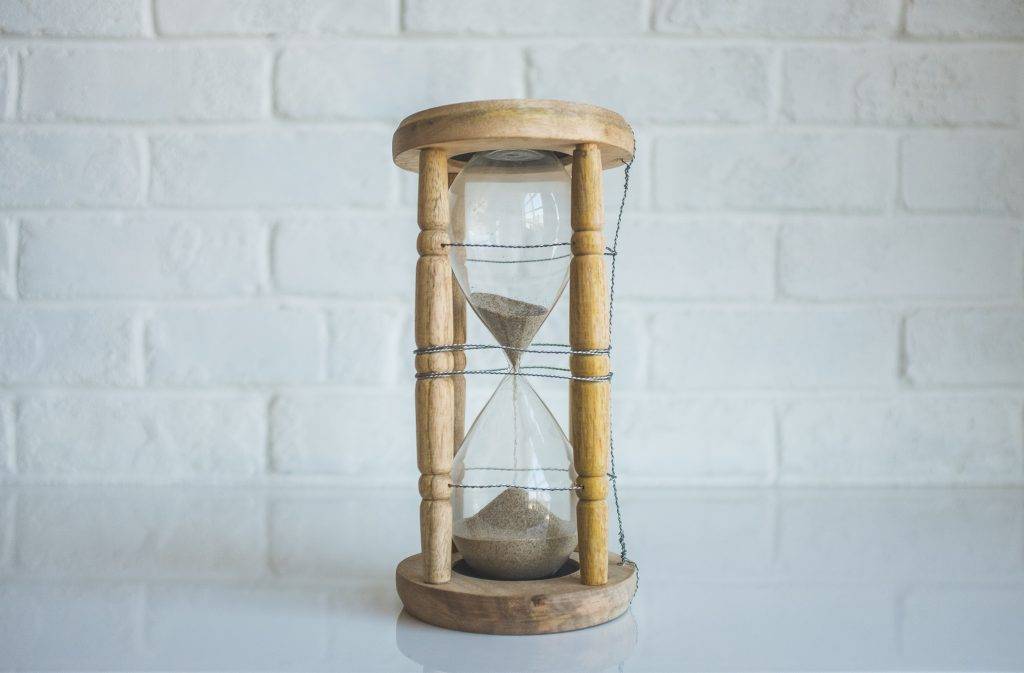 Can you deal with the noise coming from jackhammers, electric saws, welding machines, dump trucks, cement mixers, cement cutters, tamping machines, sledgehammers, and drills as early as 7 AM and as late as 6 PM?
Can you deal with the noise coming from jackhammers, electric saws, welding machines, dump trucks, cement mixers, cement cutters, tamping machines, sledgehammers, and drills as early as 7 AM and as late as 6 PM?  When the
When the 